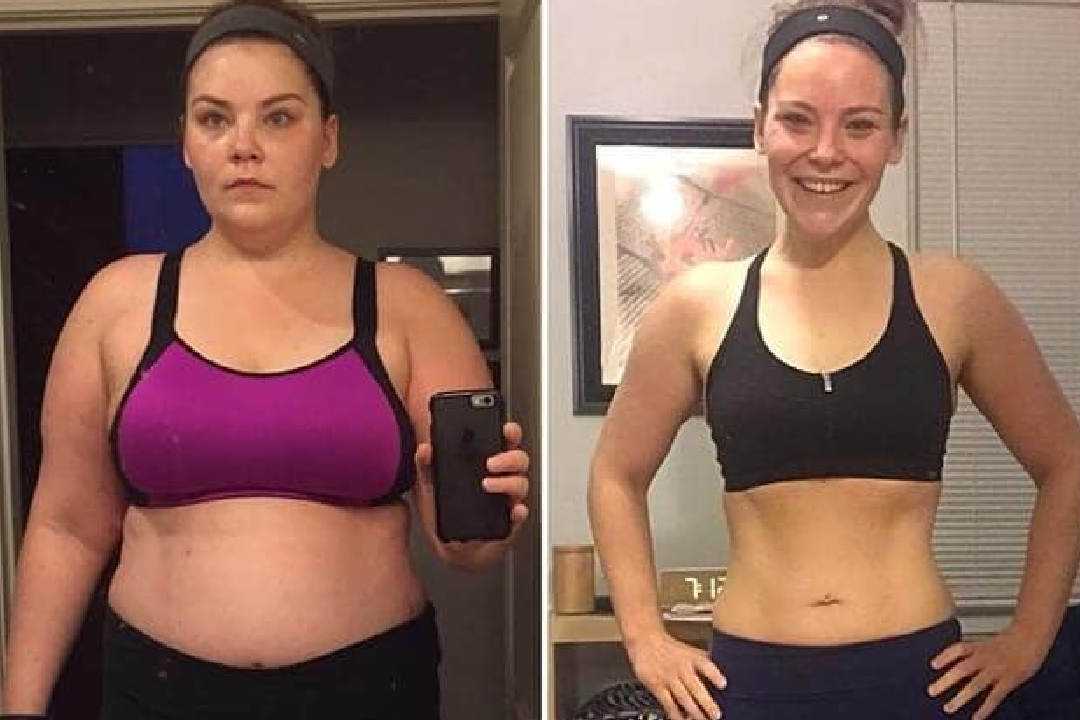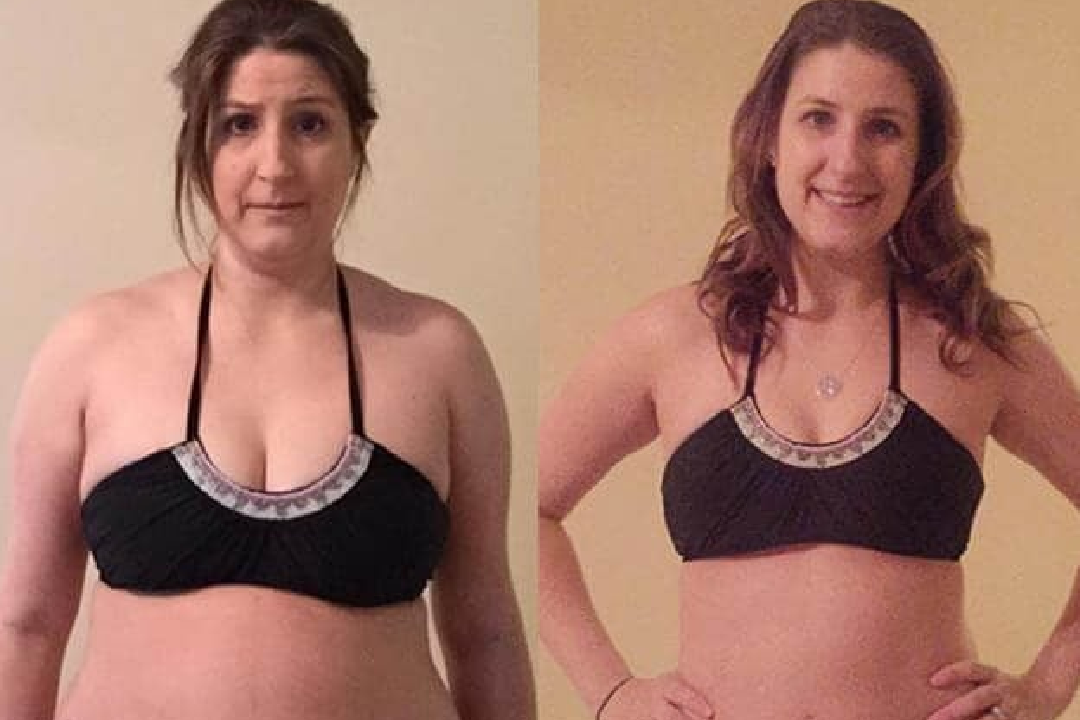Can You Really Lose 10 Pounds in a Week? Proven Strategies That Work
The idea of losing 10 pounds in just seven days might sound ambitious—perhaps even unrealistic to some. However, with the right approach and strategies, it’s possible to see noticeable changes on the scale within a short timeframe. This doesn’t mean it will be easy or suitable for everyone, but by understanding the key factors that influence rapid weight loss, you can create a focused, short-term plan.
For most people, quick weight loss comes from a combination of dietary adjustments, hydration shifts, and lifestyle tweaks. As Dr. Michael Mosley, a physician and best-selling author, explains: “Initial weight loss is often tied to changes in water balance and glycogen stores, rather than just fat loss.” While losing 10 pounds of pure body fat in one week would be an extreme challenge, shedding a mix of water weight and some fat is achievable under the right circumstances.
In this article, we’ll explore the most effective strategies for rapid weight loss. From dietary changes and meal planning to managing hydration and everyday activity levels, you’ll find actionable advice backed by expert insights. Remember, the goal isn’t just about a number on the scale—it’s about understanding what drives fast results and how to do it safely and effectively.

The Role of Diet in Rapid Weight Loss
Diet is often considered the single most important factor in achieving rapid weight loss. By making specific, focused changes to your eating habits, you can create the calorie deficit needed to lose up to 10 pounds in a week.
Calorie Reduction and Nutrient-Dense Foods
Reducing your overall caloric intake is key to rapid weight loss. Dr. Caroline Apovian, a renowned weight-loss researcher, emphasizes, “A calorie deficit is the foundation of all weight-loss efforts. Consuming fewer calories than you burn will lead to weight loss, even in a short timeframe.” However, it’s not just about cutting calories—it’s about choosing foods that provide maximum nutrients while keeping calorie counts low. Vegetables, lean proteins, and whole grains can help you feel full and satisfied without adding extra calories, allowing you to lose weight without feeling deprived.
The Effectiveness of Low-Carb and High-Protein Diets
Low-carb and high-protein diets are two popular approaches for quick results. Cutting carbohydrates causes your body to use up glycogen stores, which are stored with water, leading to rapid water weight loss. In addition, protein has a high thermic effect—your body burns more calories digesting it than it does with fats or carbs. “High-protein diets preserve muscle mass while encouraging fat loss, which is especially important when weight loss is rapid,” says Dr. Donald Layman, a protein metabolism expert.
Meal Planning and Portion Control
Meal planning and portion control play critical roles in maintaining a calorie deficit. By preparing meals ahead of time and knowing exactly how much you’re consuming, you eliminate the guesswork that often leads to overeating. Registered dietitian Dr. Lisa Young notes, “Controlling portion sizes is a simple yet powerful way to reduce calorie intake without feeling restricted.” Consistent portion sizes, combined with a focus on whole, unprocessed foods, can help keep you on track throughout the week.
In short, adjusting your diet by reducing calories, focusing on nutrient-dense foods, and leveraging the benefits of low-carb and high-protein eating can set you up for a rapid yet healthy weight loss of 10 pounds in just seven days.
The Science of Water Weight and Glycogen
One of the main reasons people see such dramatic results in the first week of a weight loss plan is due to changes in water weight and glycogen storage. Understanding these processes can help set realistic expectations and guide your approach to rapid weight loss.
Water Weight: The Quick Drop
When you reduce your calorie or carbohydrate intake, your body often begins by shedding water. This happens because glycogen—the stored form of carbohydrates in your muscles and liver—is bound to water molecules. Dr. Christopher Gardner, a leading nutrition scientist, explains: “For every gram of glycogen stored in the body, there’s about three grams of water attached.” When you cut back on carbs, glycogen stores decrease, and the water that was stored alongside them is released, causing a noticeable drop in weight.
This initial loss is not fat loss but rather a reduction in water retention. While it can be motivating to see the scale drop quickly, it’s important to understand that this is only part of the weight-loss equation. The real challenge is maintaining progress once the initial water weight is gone.
Glycogen Depletion and Energy Use
As glycogen stores diminish, the body begins relying more on stored fat for energy. However, the transition isn’t immediate. During this shift, some weight loss may still come from lean body mass or water before your body adjusts to burning more fat. “Rapid weight loss in the first week is often due to a shift in how the body uses energy, not just from burning fat,” says Dr. Walter Willett, a professor of nutrition and epidemiology.
Tips for Maximizing Safe Water Weight Loss
To safely maximize initial water weight loss, consider these approaches:
- Reduce sodium intake: Excess sodium can cause water retention. By eating whole, unprocessed foods and avoiding added salt, you can help flush out excess water.
- Stay hydrated: Paradoxically, drinking more water encourages your body to release retained water. Proper hydration supports kidney function and helps your body naturally balance fluids.
- Cut back on refined carbohydrates: Foods like bread, pasta, and sugary snacks cause your body to store glycogen, along with water. By focusing on low-carb, nutrient-dense foods, you’ll quickly reduce glycogen stores and the associated water retention.
By understanding the science of water weight and glycogen, you can approach rapid weight loss with realistic expectations, appreciating that initial quick drops in weight are part of the process, not the end goal.
Lifestyle Tweaks to Help Lose 10 Pounds Quickly
Dietary changes are crucial, but lifestyle tweaks can significantly enhance your efforts to lose 10 pounds in a week. By making adjustments to your hydration, sleep, stress levels, and daily movements, you can create a more supportive environment for rapid weight loss.
Hydration: A Key Factor
Staying well-hydrated is one of the simplest yet most effective ways to aid rapid weight loss. Drinking plenty of water not only helps reduce water retention, but also supports your body’s natural detoxification processes. “Hydration plays a major role in fat metabolism and appetite control,” explains Dr. Lawrence Armstrong, a hydration researcher. Sipping water throughout the day, especially before meals, can curb hunger and prevent overeating. Additionally, replacing sugary beverages with water cuts unnecessary calories and encourages a leaner, lighter body.
Better Sleep for Better Results
Sleep quality and quantity have a direct impact on your weight-loss efforts. Poor sleep can disrupt the hormones that regulate hunger and fullness, leading to increased cravings and overeating. Dr. Matthew Walker, author of Why We Sleep, emphasizes that “sleep deprivation undermines weight loss by altering metabolic processes and increasing appetite.” To lose 10 pounds in a week, aim for at least 7–8 hours of quality sleep per night. Establish a calming bedtime routine, limit screen time before bed, and maintain a consistent sleep schedule to maximize results.
Stress Management for Weight Control
Chronic stress elevates cortisol levels, a hormone that can trigger weight gain or stall weight loss. High cortisol encourages fat storage, especially around the abdominal area, and can increase your cravings for high-calorie comfort foods. Practicing stress-reducing activities—such as mindfulness meditation, deep breathing, or yoga—can help keep cortisol levels in check and support more consistent weight loss. “Stress management is as important as diet and exercise in achieving weight loss,” says Dr. Elissa Epel, a stress researcher at UCSF.
Light Activity Throughout the Day
While intense workouts may not be on your plan, incorporating light activity into your daily routine can help you burn more calories without feeling overwhelmed. Non-exercise activity thermogenesis (NEAT)—the calories burned during daily movements like walking, standing, or even fidgeting—plays a vital role in weight management. Dr. James Levine, who coined the term NEAT, notes that “small daily movements can account for hundreds of calories burned and can significantly contribute to weight loss.” Simple changes like taking the stairs, parking farther away, or doing household chores can increase your calorie expenditure without structured exercise.
By improving hydration, prioritizing sleep, managing stress, and staying lightly active throughout the day, you can create the ideal environment for rapid weight loss. These lifestyle adjustments, combined with your dietary efforts, can help you reach your goal of shedding 10 pounds in just seven days.

Common Pitfalls and How to Avoid Them
When aiming to lose 10 pounds in a week, it’s easy to fall into certain traps that can undermine your progress and potentially harm your health. Understanding these common pitfalls—and how to avoid them—can make the difference between short-term success and long-term setbacks.
Extreme Calorie Restriction
One of the most frequent mistakes is slashing calories too drastically. While it might seem logical to cut as many calories as possible to lose weight faster, doing so can backfire. Extremely low-calorie diets can lead to muscle loss, nutrient deficiencies, and slowed metabolism. Dr. Christopher Gardner, a nutrition science expert, cautions that “an overly aggressive calorie deficit can cause fatigue, irritability, and even metabolic adaptation, which makes it harder to maintain weight loss over time.”
Focusing Only on the Scale
Another common pitfall is becoming fixated on the number on the scale. While rapid weight loss often results in a significant initial drop, much of it may come from water and glycogen stores rather than fat. This can lead to discouragement once the rate of loss slows down. To stay motivated, consider other markers of progress, such as how your clothes fit or how energetic you feel. This broader perspective can help keep you committed to the process, even if the scale doesn’t move as quickly as you’d hoped.
Overlooking Nutritional Quality
It’s tempting to rely on shortcuts—like cutting out entire food groups or skipping meals—to shed pounds quickly. However, this can result in a diet lacking essential nutrients, leaving you feeling weak, irritable, or even sick. “Even during rapid weight loss, it’s crucial to prioritize nutrient-dense foods that provide the vitamins and minerals your body needs,” says Dr. Frank Hu, a professor of nutrition at Harvard. Ensuring a well-rounded diet will not only make your weight loss journey more sustainable but also protect your overall health.
Ignoring Long-Term Sustainability
Aiming to lose 10 pounds in a week is, by nature, a short-term goal. Without a plan for what comes next, you risk falling back into old habits and quickly regaining the weight. Dr. Rena Wing, a leading researcher on weight maintenance, emphasizes that “the key to successful long-term weight management is establishing healthy behaviors that can be sustained over time.” To avoid yo-yo dieting, start thinking beyond the initial week and focus on building habits you can maintain for months and years to come.
Neglecting Hydration and Recovery
In the rush to lose weight fast, people often overlook the importance of proper hydration and recovery. Dehydration can lead to fatigue, headaches, and a slower metabolism, while inadequate recovery—especially if you’re increasing activity levels—can leave you feeling worn out and unmotivated. Making sure you stay hydrated and allow time for your body to recover is essential for maintaining energy levels and staying consistent with your plan.
Conclusion: Sustainable Weight Loss Practices Beyond the First Week
Achieving rapid weight loss is a commendable goal, but long-term success depends on maintaining your progress and adapting your habits for the future. After shedding those initial 10 pounds in a week, the next step is finding a sustainable routine that prevents the weight from creeping back on.
The key is balance. Slowly increasing your caloric intake to a healthy maintenance level while continuing to focus on nutrient-dense foods, hydration, and adequate sleep can help you keep the pounds off. Regular monitoring—such as tracking your weight and food intake—can ensure that your habits stay on track. By building a foundation of sustainable practices, you’ll not only maintain your weight loss but also support overall health and well-being in the long run.
Latest Posts:

